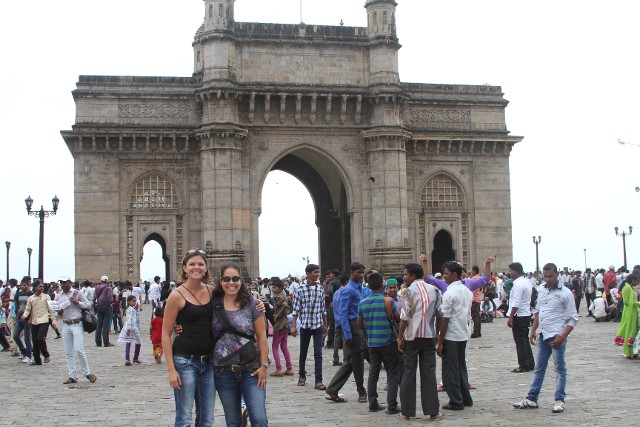Navajo Nation - The most perfect of beginnings
June 7th 2013
The North of Normal project could not have begun more poignantly. On June 5th we recorded our first interview, with Curlinda Mitchell Blacksheep. Speaking only Navajo until the age of 5, Curlinda is now Chief Park Ranger at the Navajo National Park and one of the last of her people to speak both Navajo and English fluently. On the spur of the moment, as we walked through the small national park museum, we decided to make the big leap and request an interview with her. She generously agreed and proceeded to open our eyes to the opportunities and challenges facing the Navajo people. How extraordinary that Curlinda would be our first interviewee on a cross-cultural world research trip beginning in the United States. Her responses were simultaneously surprising and universal in their relatedness. And she confirmed to us both that this is a research project worth doing - indeed, one that needs doing. To hear and transmit the passions and peak experiences of people that we might never otherwise meet is truly a privilege.
We began the trip on June 1st after a whirlwind week extricating ourselves from our lives in Dana Point (mental note to selves: get rid of stuff! Why do we have so much stuff?). We have gone from a 5-bedroom house to two small backpacks and an equally small Miata, and could not be more fulfilled. Our first stop was Yuma AZ where we visited with Monica's Montijo family. Meeting her grandmother for the first time was heart warming and reminded me that this trip is not only about traveling across space but also, in a sense, across time. From Yuma we headed east to Tucson to see the other side of Monica's family, the Navarretes who allowed us to catch our breath and rest with their signature hospitality and support. And then it was off to explore the Wild West. Oh the hilarity of watching Monica zoom down a slippery river rock in mossy Sedona, size 7 paws joyfully flung up above her head. The awe of the Grand Canyon emanates not so much from its physicality but from the tangibility of its silence and the weight of an ancient energy that seems to seep from the earth. The energy intensified as we headed towards the Navajo Nation but not before we stopped for the night in Tuba City, a place that exists uncomfortably, even precariously at the junction of the Hopi and Navajo reservations. There is more to understand about this place - so, so much more. And this, we are sure, is a statement that will be made more than once on this journey.























































































